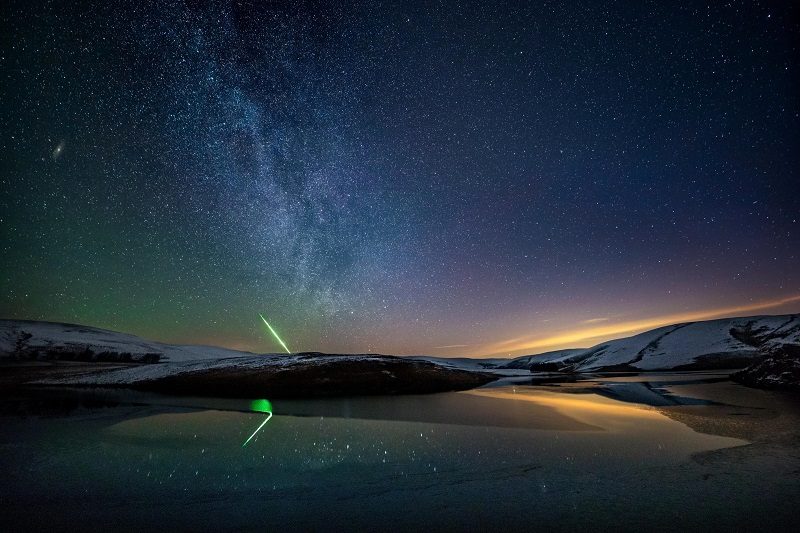OF THE
TIMES

MYSTERY booming sounds have been shaking houses and terrifying residents after "flashes of light" were spotted across America.Over this last weekend, this mystery started to get much more national attention after an incident in Rhode Island on Saturday was followed by one in New York City on Sunday...
Experts have been left baffled by a spate of seismic booms from Arizona to New York that appear to have gathered pace over the past week.
It doesn't look like anyhing from the ground though, I don't think anyone would feel it, My guess is that it was an atmosphereric disturance of some sort - a sonic boom or an airplane flying that shakes things...
Comment:
Update: Florida Today reports on 14th February: Other videos of the event have been uploaded to YouTube: